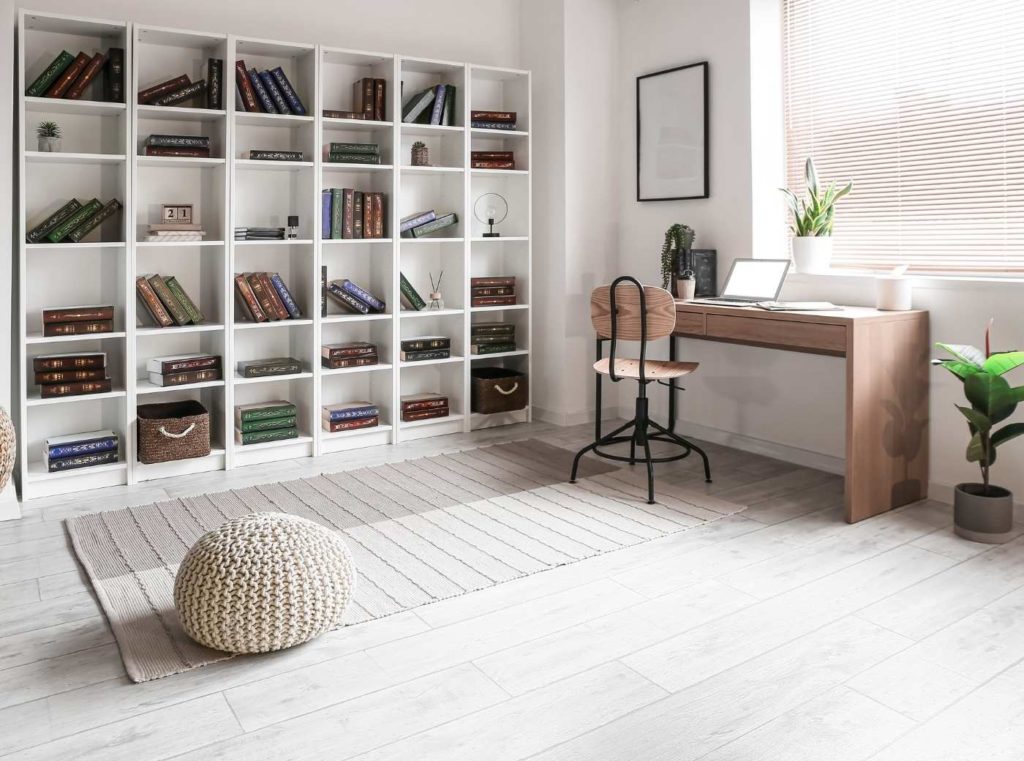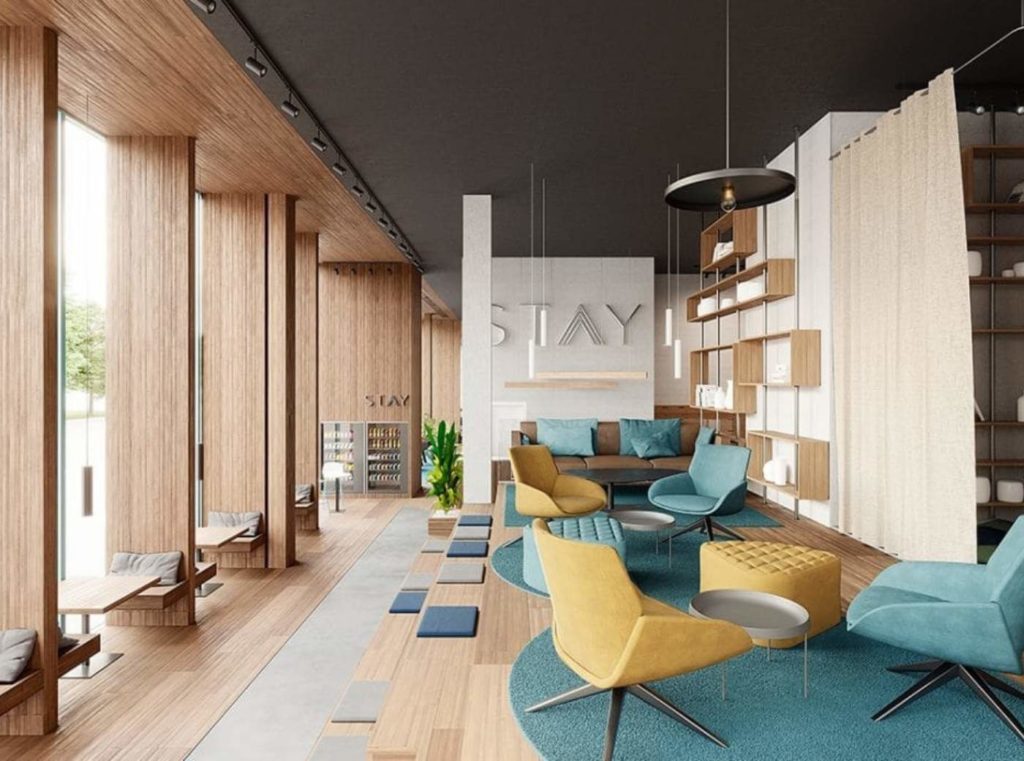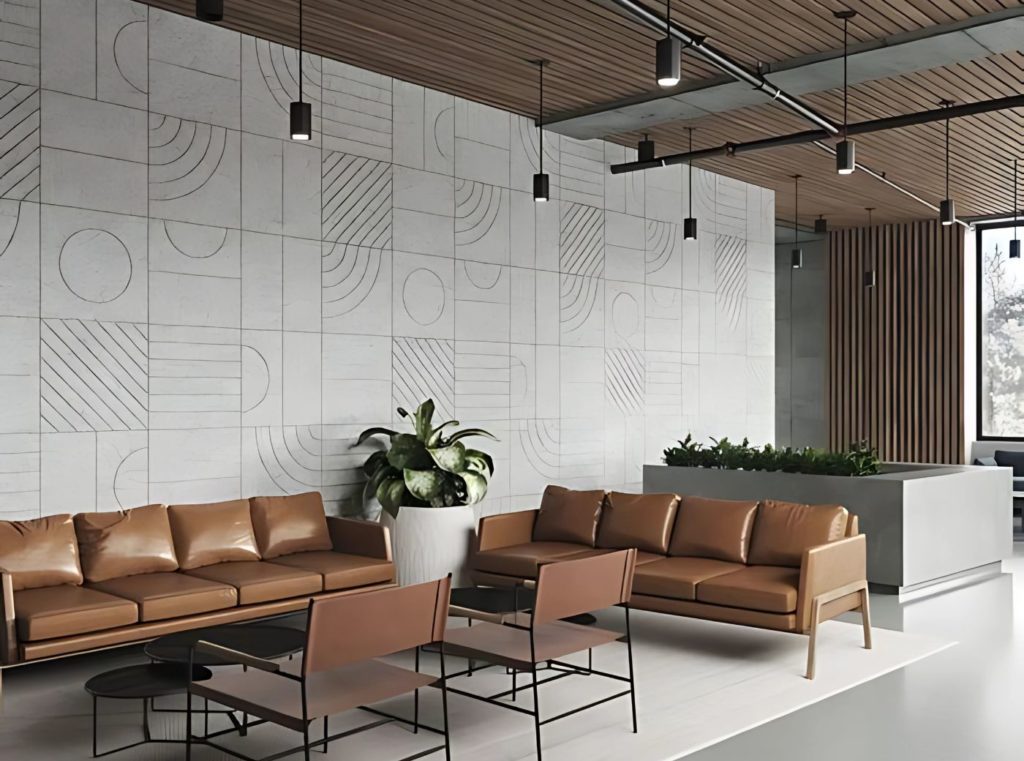Learn » Design Ideas & Inspirations »
Have you ever wondered how much it costs to paint the interior of a house? Whether you’re planning to freshen up your living space or give it a complete makeover, painting the walls can make a significant difference in the overall look and feel of your home. However, it’s essential to have a clear understanding of the costs involved before embarking on such a project. In this article, we’ll explore the various factors that can affect the cost of interior painting, provide average cost estimates, discuss differences by housing type and paint type, consider regional variations and seasonal considerations, and share tips on how to keep costs down.
Considerations Before Painting Your Home
First impressions matter, and what better way to make a statement than with a fresh coat of paint? Painting the interior of your house can completely transform its ambiance, giving it a new lease on life. Whether you’re aiming for a modern, cozy, or vibrant feel, choosing the right colors and finishes can create the perfect atmosphere for every room.
However, before you set out to tackle this exciting project, it’s important to consider various factors that can influence the cost of painting the interior of your house. Understanding these elements will help you plan your budget more effectively and ensure a successful outcome. One of the key factors to consider when estimating the cost of painting your interior is the size of the space. Larger rooms will naturally require more paint and additional time to complete. Additionally, the height of the walls can also impact the cost, as it may require the use of scaffolding or specialized equipment for reaching high areas.
Another important consideration is the condition of the walls. If your walls have cracks, holes, or other imperfections, they will need to be repaired before painting can begin. This can involve patching, sanding, and priming, which can add to the overall cost of the project. The type of paint you choose can also affect the cost. High-quality paints tend to be more expensive, but they often provide better coverage and durability. Additionally, certain finishes, such as matte or satin, may require more coats to achieve the desired look, which can increase both the cost and the time required for the project.
Furthermore, the complexity of the design or pattern you want to incorporate into your interior can impact the cost. Intricate designs, such as stencils or murals, may require the expertise of a professional painter, which can add to the overall expenses. Lastly, the location of your house can also influence the cost of painting the interior. Prices for labor and materials can vary depending on the region, so it’s important to research local rates and factor them into your budget.
Read also – How to Draw a Floor Plan & Top Mistakes to Avoid
Factors Affecting Interior Painting Costs
The cost of painting the interior of a house can vary depending on several factors. These factors include the size of the area to be painted, the condition of the walls, the type of paint used, the complexity of the job, and the labor expenses. Let’s break down each of these factors to get a clearer picture of how they can impact the overall cost:
Size of the area:
The larger the area that needs to be painted, the more paint and supplies will be required. Be sure to measure the square footage of each room to estimate the amount of paint needed accurately.
When calculating the size of the area, it’s important to consider not only the walls but also the ceilings and any additional surfaces that require painting. These surfaces may include doors, windows, baseboards, and trim. Each of these elements adds to the overall square footage and will affect the cost of materials and labor.
Condition of the walls:
If your walls are in good condition, with no cracks, holes, or damages, preparation work will be minimal. However, if extensive repairs or priming are necessary, it will add to the overall cost.
Preparing the walls for painting involves more than just applying a fresh coat of paint. In some cases, the walls may need to be sanded, patched, or even stripped of old paint. These additional steps ensure a smooth and even surface, which will result in a better finish. The time and materials required for wall preparation will vary depending on the condition of the walls, and this will impact the overall cost of the project.
Type of paint:
Different types of paint come at different price points. High-quality paints with better coverage and durability may cost more upfront but can save you money in the long run. Additionally, specialty finishes, such as textured or metallic paints, might incur extra costs.
Choosing the right type of paint is crucial for achieving the desired look and longevity. High-quality paints not only provide better coverage but also require fewer coats, reducing the amount of paint needed. This can result in cost savings in terms of both materials and labor. Specialty finishes, on the other hand, require additional expertise and materials, which can increase the overall cost of the project.
Read also – How Interior Designers Choose Wall Paint Colors for Interiors
Complexity of the job:
Intricate architectural details, multiple colors, or intricate patterns can increase the labor and time required to complete the project, ultimately affecting the cost.
When dealing with complex jobs, such as rooms with vaulted ceilings, crown molding, or decorative accents, painters need to invest more time and effort to ensure a precise and flawless finish. The intricacy of the job may require additional equipment, specialized techniques, and a higher level of expertise, all of which can contribute to higher labor costs.
Labor expenses:
The cost of hiring professional painters can vary depending on your location and the level of expertise required. Experienced painters may charge higher rates, but their skill and attention to detail can ensure a superior finish. When it comes to hiring professional painters, it’s essential to consider their experience, reputation, and skill level. While the cost of labor may vary, it’s worth investing in experienced painters who can deliver high-quality results. Their expertise in surface preparation, paint application, and attention to detail can significantly impact the overall outcome of the project.
By considering these factors, you’ll have a better understanding of how they can influence the cost of painting the interior of your house. Now, let’s move on to average cost estimates to give you a general idea of what to expect.
Average Cost of Painting a House Estimates
When it comes to painting the interior of your house, it’s important to note that costs can vary widely depending on several factors. These factors include your location, the size of your house, and the quality of materials and labor you choose. However, we can provide you with some average cost estimates to serve as a starting point:
On average, homeowners in the United States spend between $1,700 and $3,900 to paint the interior of a house. This cost typically includes the paint, supplies, and labor. However, keep in mind that these figures are just averages, and your specific project may fall outside this range. There are several factors that can influence the cost of painting your house. One of the main factors is the size of your house. Larger houses will generally require more paint and more labor, which can increase the overall cost. Additionally, the number of rooms and the complexity of the design can also impact the cost.
The quality of materials and labor you choose can also affect the cost. Higher-quality paints and supplies may be more expensive, but they can provide better coverage and durability. Similarly, experienced and skilled painters may charge higher rates, but their expertise can ensure a professional and long-lasting finish. If you want a more accurate estimate for your specific project, it’s advisable to consider obtaining quotes from professional painters in your area. They will be able to evaluate the specific details of your project, such as the condition of the walls, the number of coats needed, and any additional preparations required. By doing so, they can provide you with a more tailored cost assessment.
It’s also worth noting that the cost of painting your house is not just about the financial investment. A fresh coat of paint can transform the look and feel of your home, enhancing its curb appeal and increasing its value. It can also protect your walls from wear and tear, extending their lifespan and reducing the need for future repairs. When considering the cost of painting your house, it’s important to weigh the financial investment against the potential benefits. Remember, a well-executed paint job can breathe new life into your home and create a space that you can truly enjoy for years to come.
Read also – 28 Best Wall Decor Ideas To Decorate Your Blank Wall
Cost Differences by Housing Type and Paint Type
When it comes to painting, the type of housing and paint can also have an impact on the overall cost. Let’s explore these differences:
Housing Type
The cost to paint the interior of a house can vary depending on the type of dwelling. For example, a small apartment will generally cost less to paint than a large, multi-level single-family home. Movable items, such as furniture, may need to be considered and accounted for when painting a house.
Paint Type
The type of paint you choose can also affect the cost. High-quality paints tend to be more expensive than lower-grade options. However, investing in premium paint can provide better coverage, longer-lasting results, and easier maintenance, ultimately saving you money in the long run.
Consider these factors when budgeting for your project, remembering that the cost may vary depending on the unique characteristics of your housing type and the paint you select.
Regional Variations and Seasonal Considerations
It’s worth noting that the cost to paint the interior of a house can also be influenced by regional variations and seasonal considerations. Here’s what you should keep in mind:
Regional Variations
Labor costs and material prices can vary significantly depending on your location. Higher-cost areas may have more expensive labor rates, while areas with lower living costs may offer more affordable painting options.
Seasonal Considerations
The time of year can also affect the overall cost. For instance, the demand for painting services may be higher during the warmer months, leading to increased prices. However, some painting contractors may offer discounts during off-peak seasons as a way to attract customers.
Try to gather information about regional pricing trends and consider the best time to undertake your project, taking both regional variations and seasonal considerations into account.
Read also – How to Remove Popcorn Ceilings in 7 Easy Steps
6 Tips to Keep Home Painting Costs Down
Now that you have a better understanding of the factors affecting the cost of painting the interior of a house, let’s explore some tips on how to keep your expenses in check:
- Do Some Prep Work: Taking the time to clean and prep the surfaces yourself can save on labor costs. Remove any furniture or fixtures from the room, fill in small holes, and sand rough spots to ensure a smooth painting surface.
- Get Multiple Quotes: Contact several painting contractors and request detailed estimates. Be sure to compare not only the price but also the quality of materials used and the scope of work provided. Remember, the lowest quote is not always the best choice; consider the value you’ll be getting for your money.
- Consider DIY: If you have the time, skills, and patience, you may be able to tackle the painting project yourself. However, be honest with your abilities and evaluate if you would achieve the professional finish you desire. Keep in mind that mistakes or poor-quality work can end up costing more to fix in the long run.
- Choose Quality Paint: Opting for higher-quality paint may seem more expensive initially, but it can save you money in the long term. Quality paints often provide better coverage, durability, and resistance to wear and tear, reducing the need for frequent touch-ups or repaints.
- Plan for Longevity: Consider choosing timeless and versatile colors that will withstand changing trends. This way, you won’t feel the need to repaint as frequently, saving you money and effort in the long run.
- Communicate Clearly: When working with professional painters, make sure you communicate your expectations and preferences clearly from the start. This will help avoid costly misunderstandings and ensure that the job is completed to your satisfaction.
By following these cost-saving tips, you can ensure that your interior painting project stays within budget without compromising on quality.
Conclusion
Painting the interior of your house can be a truly transformative process, breathing new life into your living spaces. However, it’s essential to consider the various factors that affect the cost of such a project. Elements such as the size of the area, the condition of the walls, the type of paint, the complexity of the job, and labor expenses can all contribute to the overall cost.
By understanding these factors and exploring average cost estimates, cost differences by housing type and paint type, regional variations, and seasonal considerations, you can make informed decisions and plan your budget effectively. With this knowledge transform your home with Foyr Neo, the best-in-class interior design software. Confidently embark on your design project by visualizing wall paint colors, textures, and more effortlessly. Sign up for Foyr Neo’s 14-day free trial today!
FAQs
Is it cheaper to paint my home myself or hire professionals?
DIY can be cheaper but may lack the finish and durability of professional work. Compare quotes, buy quality paint in bulk, and do some prep work yourself to save costs.
How does room size affect interior painting costs?
Larger rooms require more paint and labor, increasing the overall cost. Doing prep work like cleaning and taping yourself can reduce the labor costs.
What is the cost difference between interior and exterior painting?
Exterior wall painting often costs more due to additional preparation work and weather-resistant paint.
How do different paint finishes affect the cost?
Specialty finishes like matte or high-gloss can be more expensive than standard wall paint finishes.
How can I estimate the amount of paint needed for my home?
Measure the square footage of your walls and calculate based on the paint’s coverage rate.
How much should it cost to paint the interior of a 2000 sq ft house?
The cost to paint the interior of a 2000 sq ft house typically ranges between $3,500 and $7,500, depending on paint quality, surface preparation, and labor charges. Premium finishes or complex designs may increase the final price.
What is the cost of painting a 1000 sq ft house?
Painting a 1000 sq ft home can cost anywhere between $1,800 and $3,500. Costs vary depending on paint type, wall condition, and labor. Using higher-quality paints may increase upfront costs but improve durability and finish.
How much does it cost to paint a 12×12 room in India?
In India, painting a 12×12 room costs around ₹8,000–₹15,000, influenced by paint type, wall preparation, and finish chosen. Using Foyr Neo, you can experiment with color combinations before committing to the final design.
Which paint is best for a home?
Acrylic emulsion paints are the most popular choice for interiors, offering durability, smooth finish, and easy maintenance. Premium brands with washable and low-VOC formulas are ideal for modern homes, ensuring longevity and healthier indoor air quality.
How much is labor per square foot for painting? (US)
In the United States, labor charges for interior painting average $2–$4 per square foot. This rate depends on region, complexity of the work, and painter expertise. Additional prep or specialty finishes may increase labor costs.
How much paint is required for a 2 BHK flat?
A 2 BHK flat (around 800–1,000 sq ft) typically requires 12–15 liters of paint for two coats. The quantity may increase based on wall condition, chosen finish, and additional surfaces like ceilings, trims, or doors.












